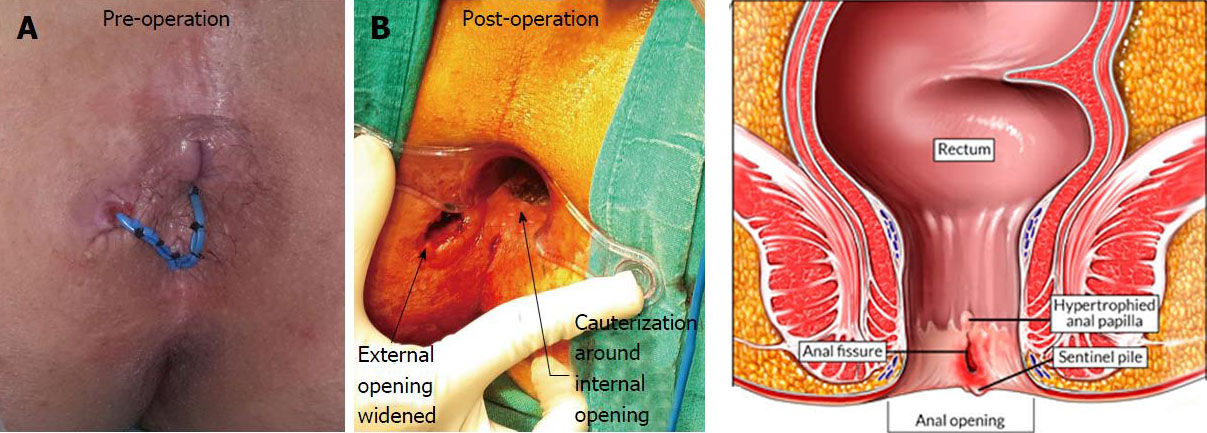Opp-to East Metro Station, Piller No 1173, Beside Blue Sea Tea Hotel, Regimental Bazar, Secunderabad-500003 (800)-881-1234
ANAL FISTULA
Laser Fistula Treatment at Secunderabad
Types of Anal Fistula:
- Single Track Fistula, which is open on one end only but connects two structures.
- Two Track Fistula which has both, an external and internal opening.
- Complex Horseshoe Fistula that connects the anus to the surface of the skin near the anus after going around the rectum.
- Blind Sinus Fistula which has a tube that starts from the skin that is closed on the inside and does not connect to any internal structure.
Signs of Anal Fistula:
- Swelling around or near the anus.
- Skin irritation, redness and tenderness around or near the anus.
- Anal pain and swelling.
- Discharge of pus or blood from the area.
- Fever due to infection and pus.
- Constipation and painful bowel movement.
Causes:
Fistula is very common in men between 20 to 60 years. Anal fistulas are very painful and uncomfortable because of the discharge of pus. Some common reasons which cause fistula include:
- Infection at perianal region.
- Constipation
- Abscess
- Crohn’s disease
- Chronic Colitis
Diagnosis of Anal Fistula:
A digital rectal examination is sufficient to diagnose an anal fistula but some patients require more tests to screen for:
- Fissures infection
- Inflammatory bowel diseases
Doctors suggest tests such as endo anal ultrasound and MRI to be conducted.

TREATMENT OF ANAL FISTULA:
Surgery is only the process to treat anal fistula. It is done under general anesthesia but sometimes regional anesthesia is also used. There are three surgical methods managing low level fistula.
- Fistulectomy: This method is used for most distula cases. The tract is removed and sent for histopathological examination. It would takes around one or two months to heal by getting flattened into scars.
- Laser Ablation: This procedure involves no cutting, no wounds, no need of dressing and patient’s life is back to normal by the following day. The doctor first identifies the tract and cleans it. A larger beam is induced into the tract to it.
- Coring of fistula: A deep dissection is created around the fistula and the tract is then removed from the digestive tract.
- Seton Techniques: Seton is a piece of thread which is left in the fistula tract. This method is considered if the patient is at high risk of incontinence when the fistula crosses the sphincter muscles.
- Advancement Flap Procedures: The procedure is considered usually when the fistula is complex or has a high risk of incontinence. The flap is a piece of tissue that is removed from the skin around the anus. During surgery, the fistula tract is removed and the flap is attached where the opening of the fistula was. This procedure is effective for about 70% of cases.
- Fibrin Glue: This is only non-surgical treatment option. The glue is injected into the fistula to seal the tract, then the opening is stitched closed. This procedure is simple, safe and painless. However, it is not effective for long term results.
- Bio prosthetic Plug: This cone shaped plug is made from the human tissue, which blocks, the internal opening of the fistula. However this does not completely seal the fistula, so that it can drain. To heal the fistula, a new tissue usually grows around the plug. The long term success rates of this method are uncertain.
Anal Fistula Treatment - Lady Doctors also available for Female patients
